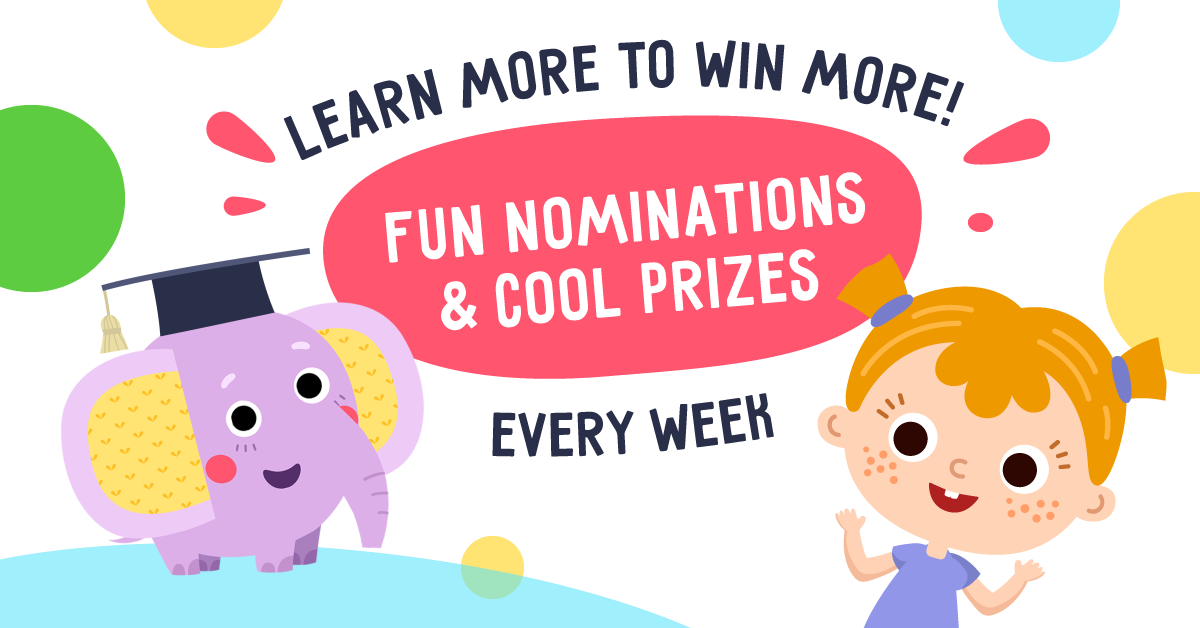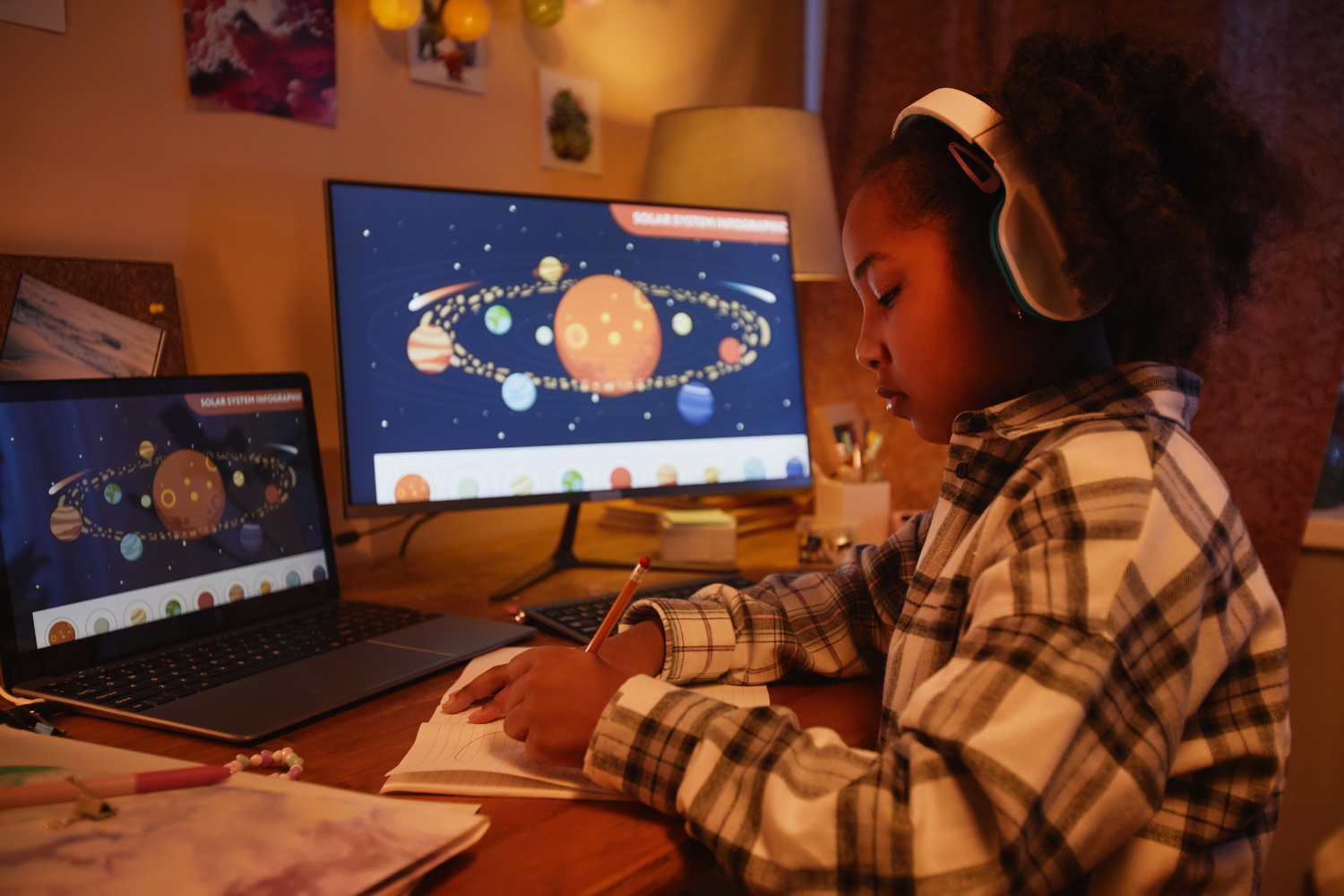Normal Tracing Letters worksheets activities for Ages 4-7
32 filtered results
-
From - To
Enhance your child's early writing skills with our engaging Normal Tracing Letters worksheets, specially designed for children ages 4-7! Our fun and interactive activities provide a perfect way for young learners to practice letter formation and develop fine motor skills. Each worksheet features clear, approachable tracing prompts that guide your child in mastering the alphabet. With colorful illustrations and a variety of letters to trace, your little ones will enjoy improving their handwriting while exploring the exciting world of letters. These worksheets are perfect for home or classroom use, making learning both entertaining and effective! Start tracing today!
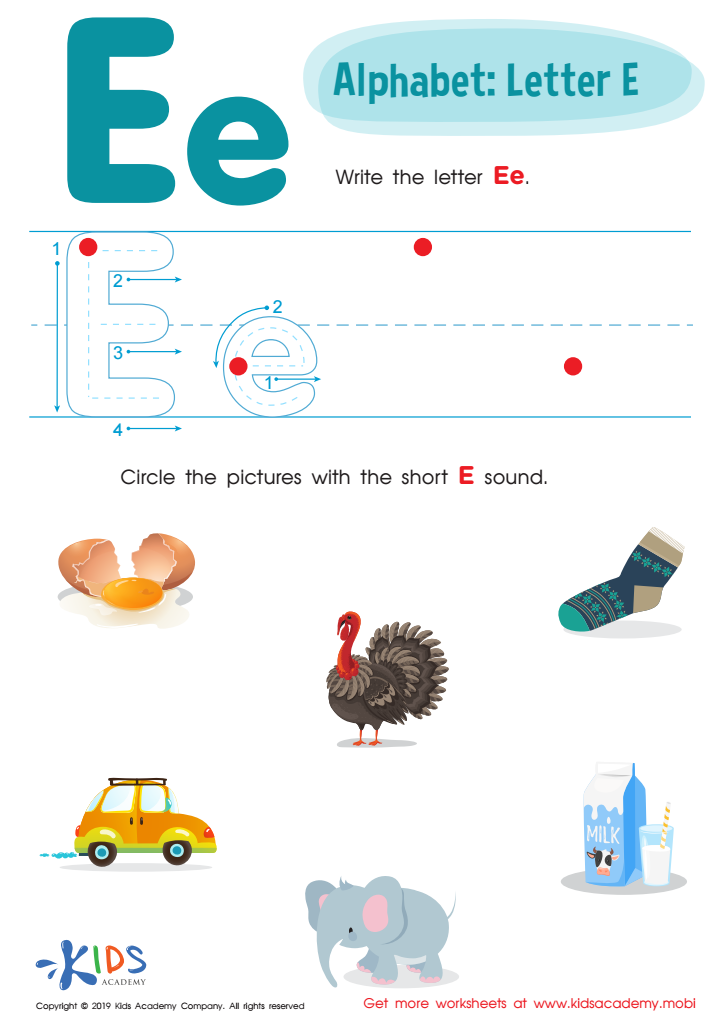

Letter E Tracing Worksheet
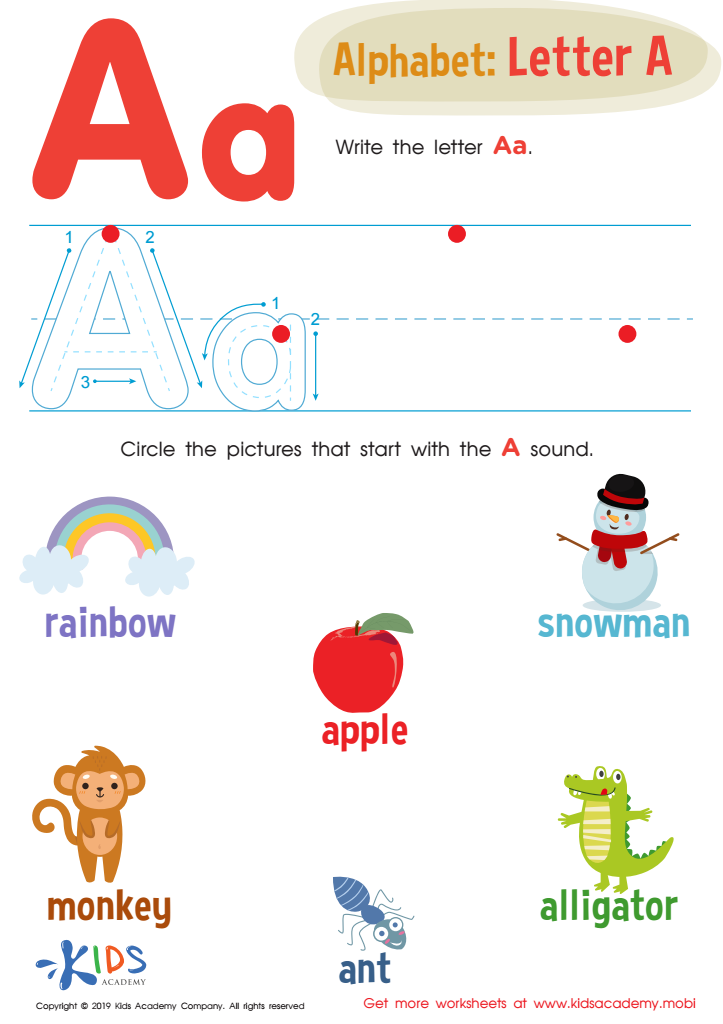

Letter A Tracing Worksheet
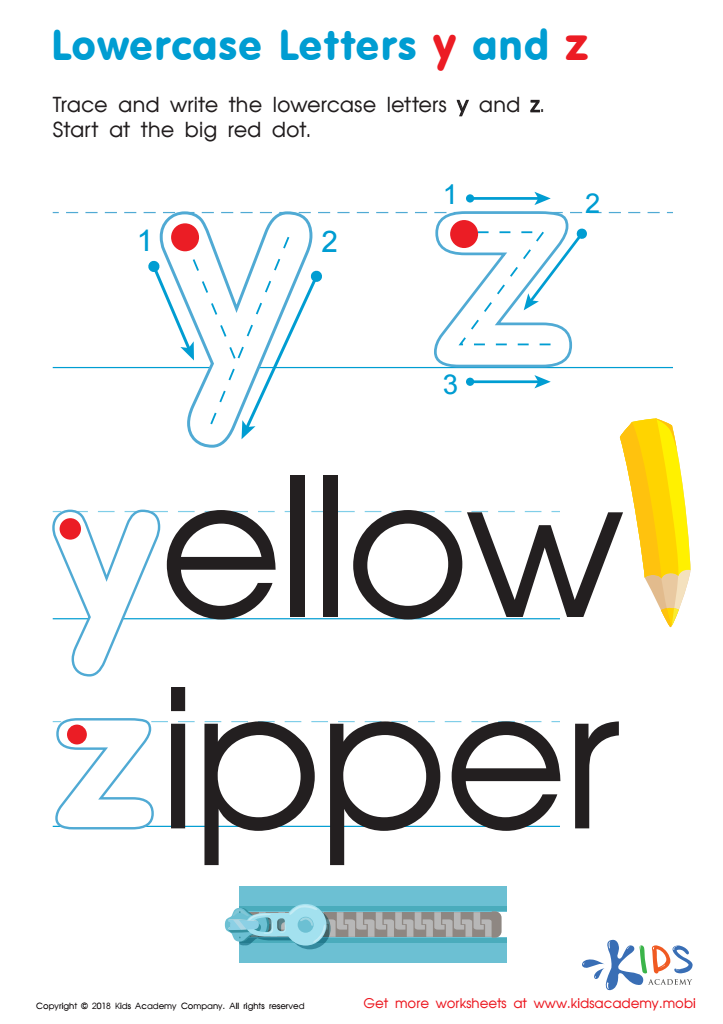

Lowercase Letters y z Worksheet
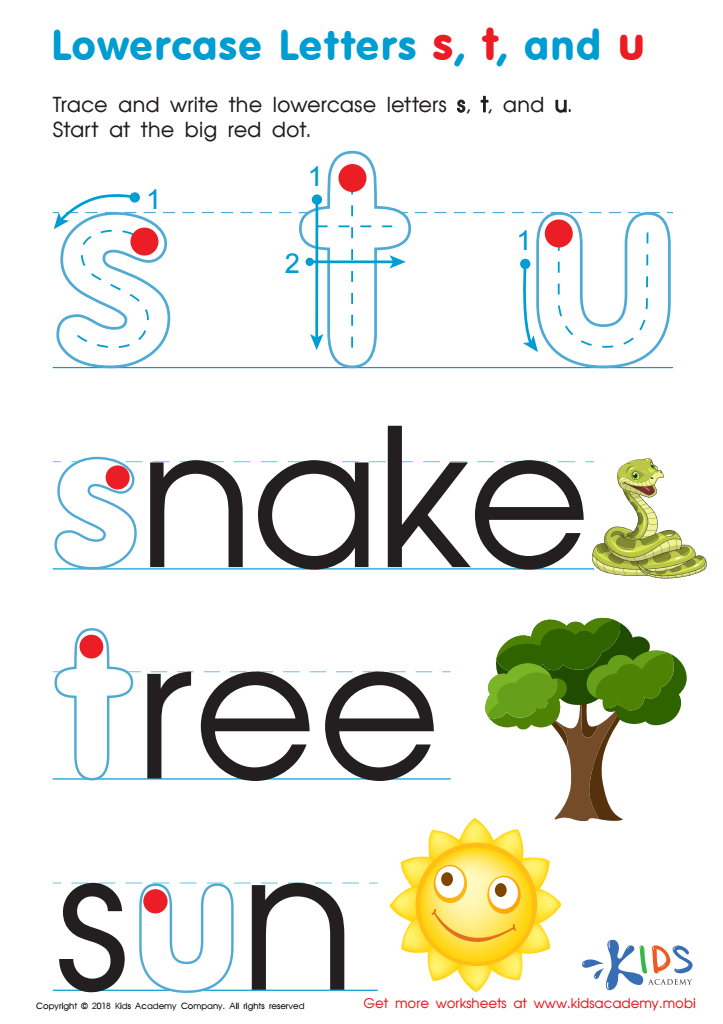

Lowercase Letters s t u Worksheet
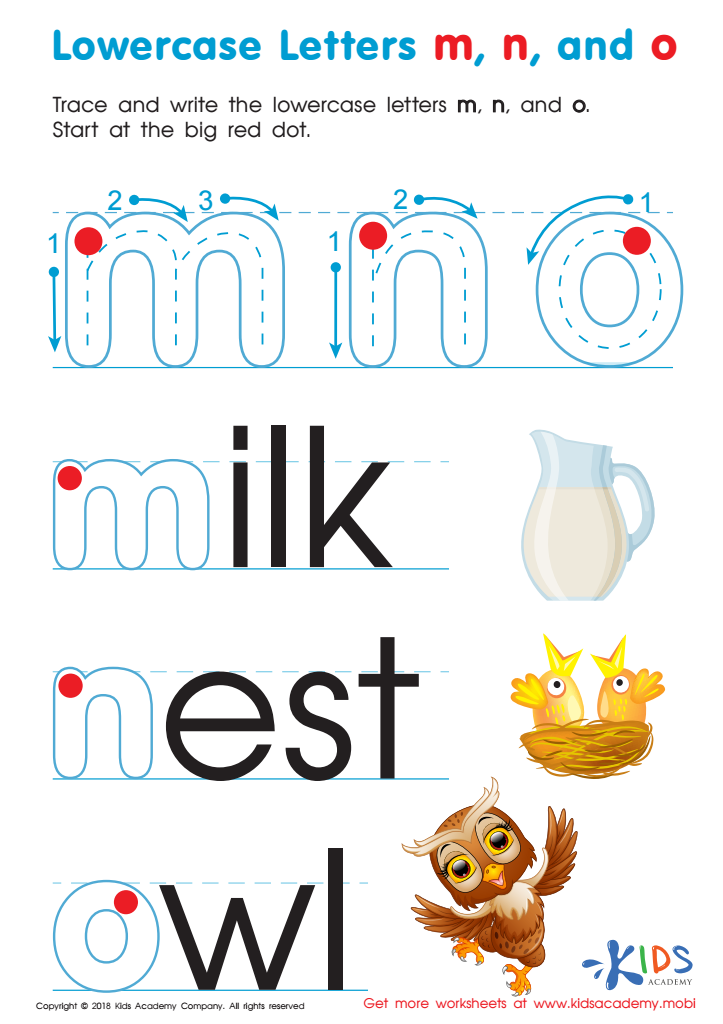

Lowercase Letters m n o Worksheet
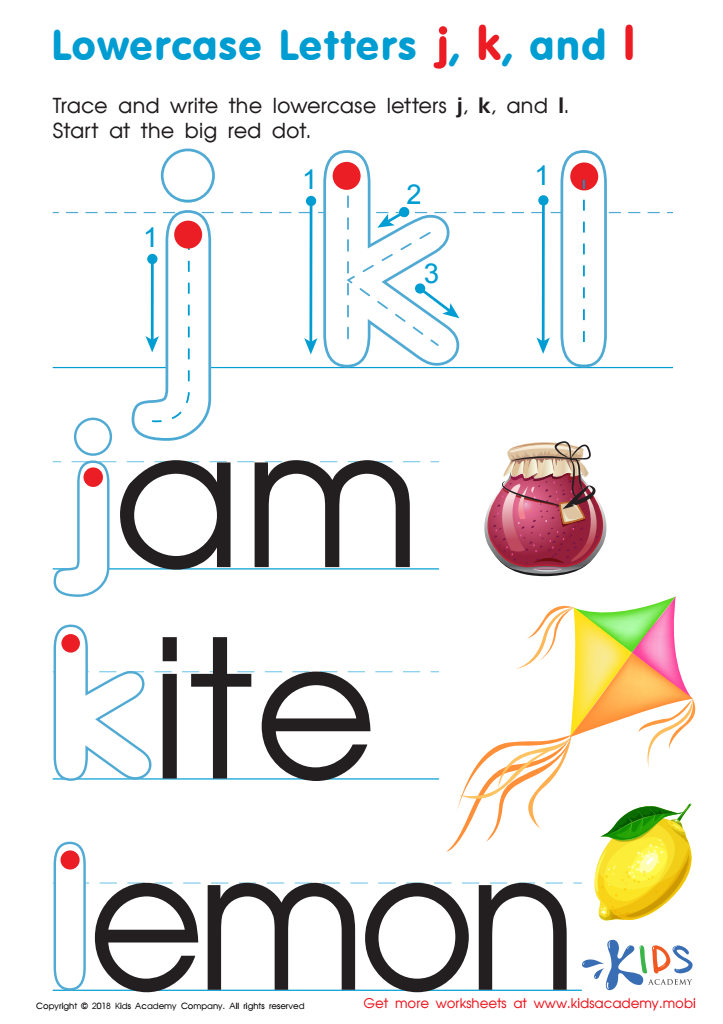

Lowercase Letters j k l Worksheet
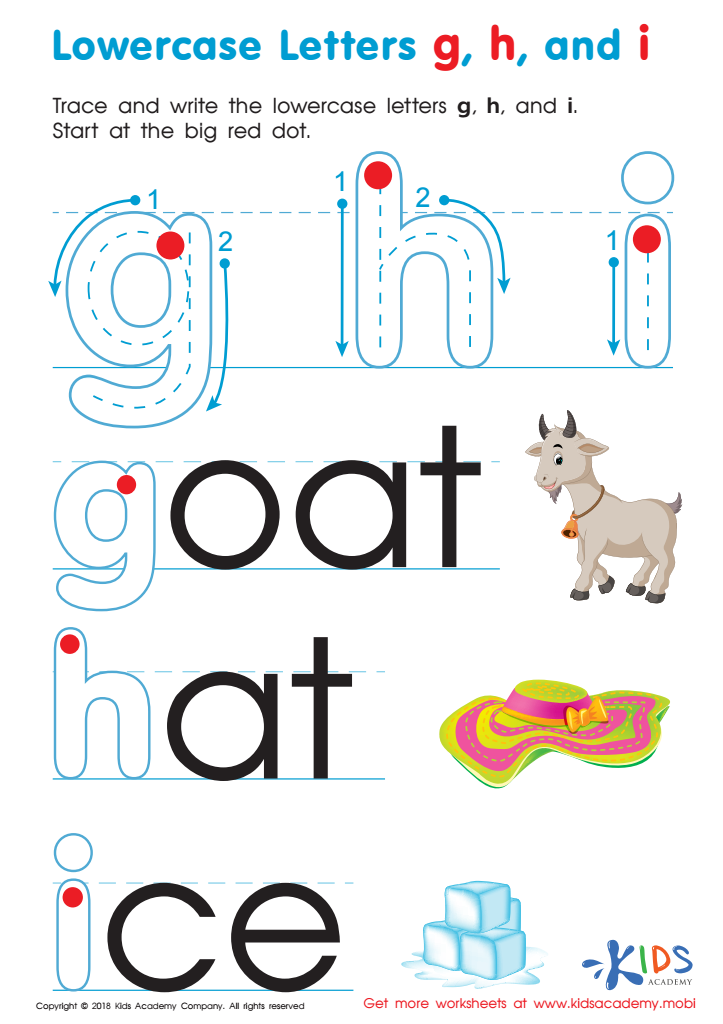

Lowercase Letters g h i Worksheet
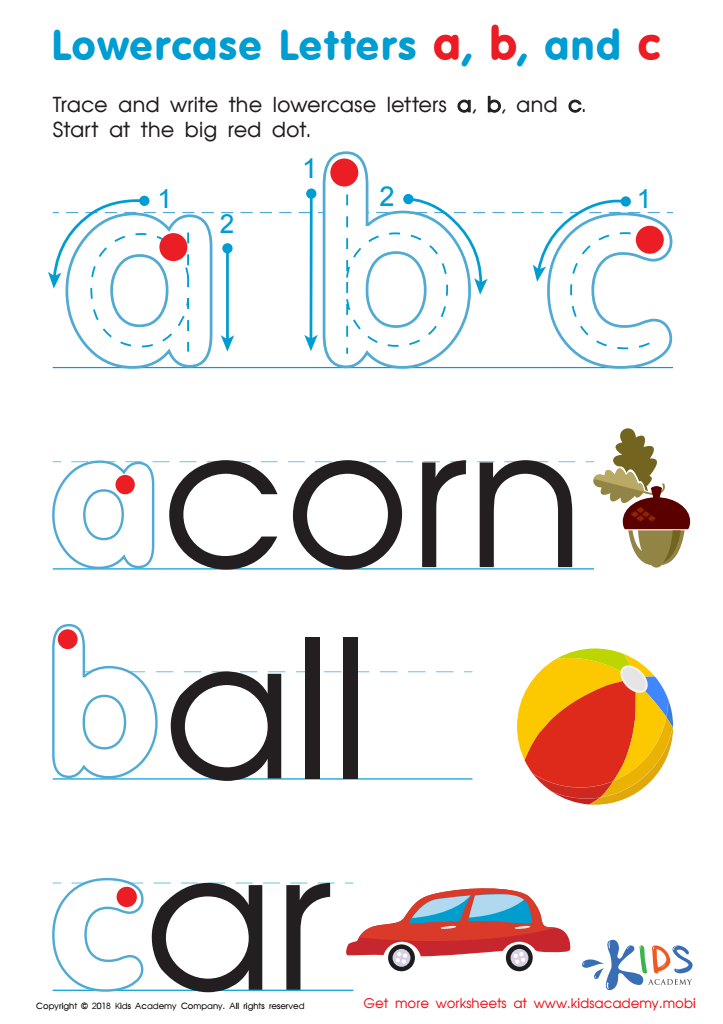

Lowercase Letters a b c Worksheet
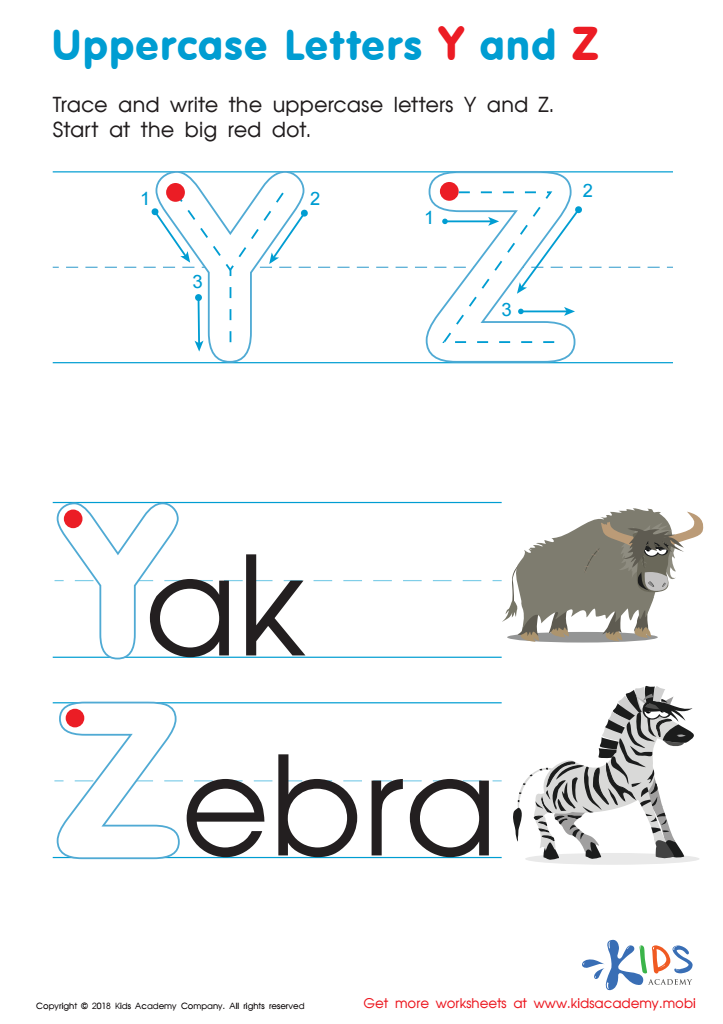

Uppercase Letters Y Z Worksheet
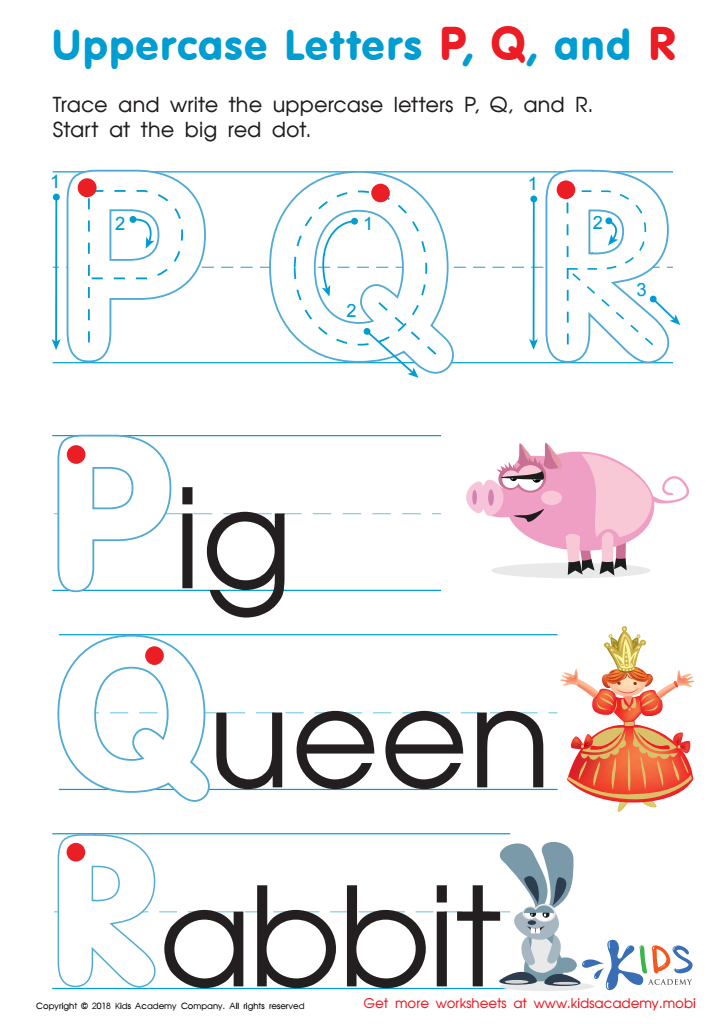

Uppercase Letters P, Q, and R Worksheet
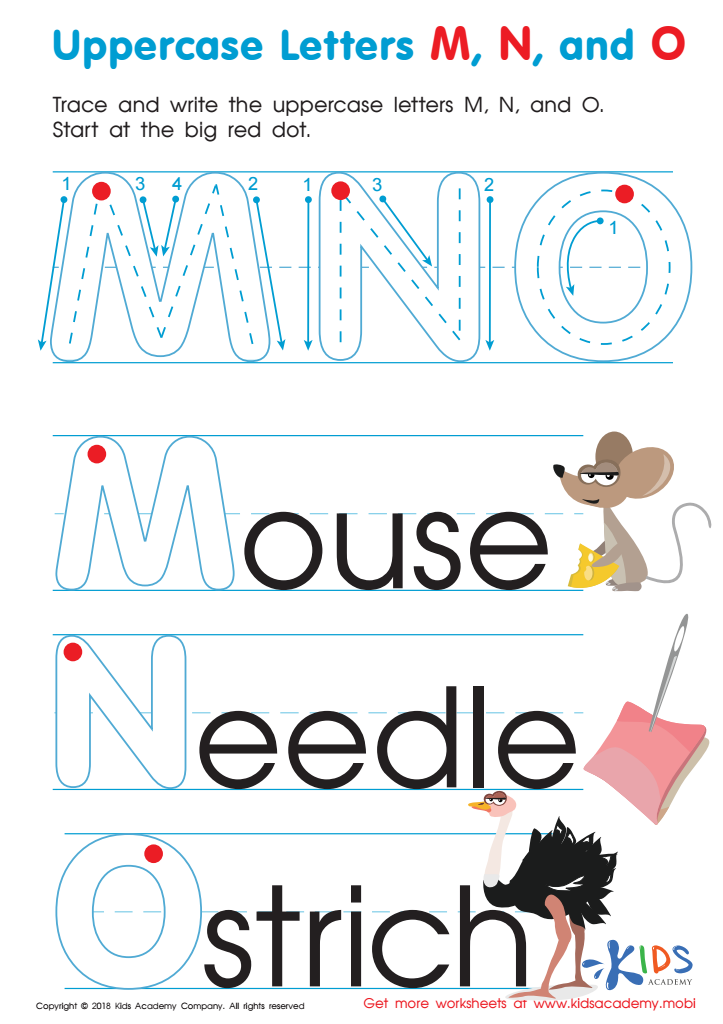

Uppercase Letters M, N, and O Worksheet
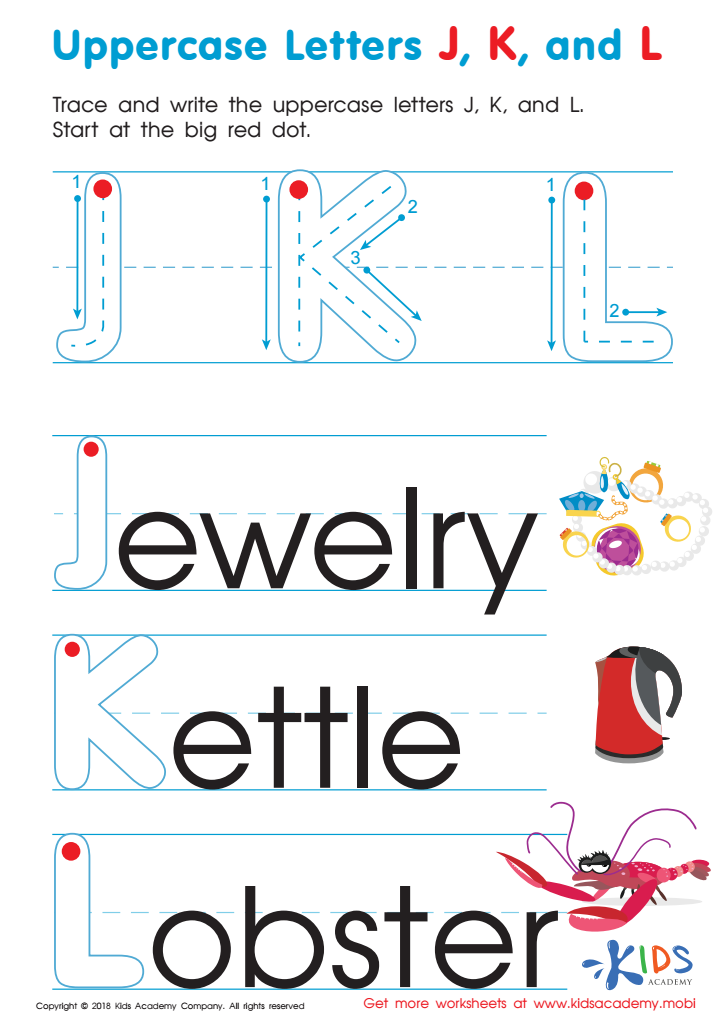

Uppercase Letters J, K, and L Worksheet
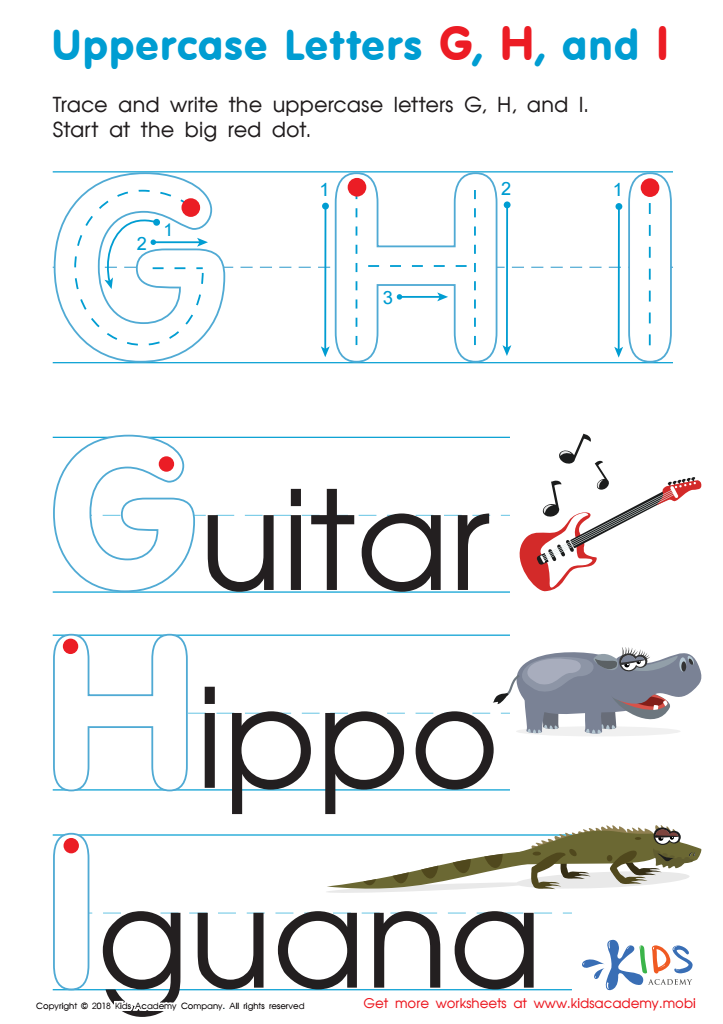

Uppercase Letters G, H, and I Worksheet
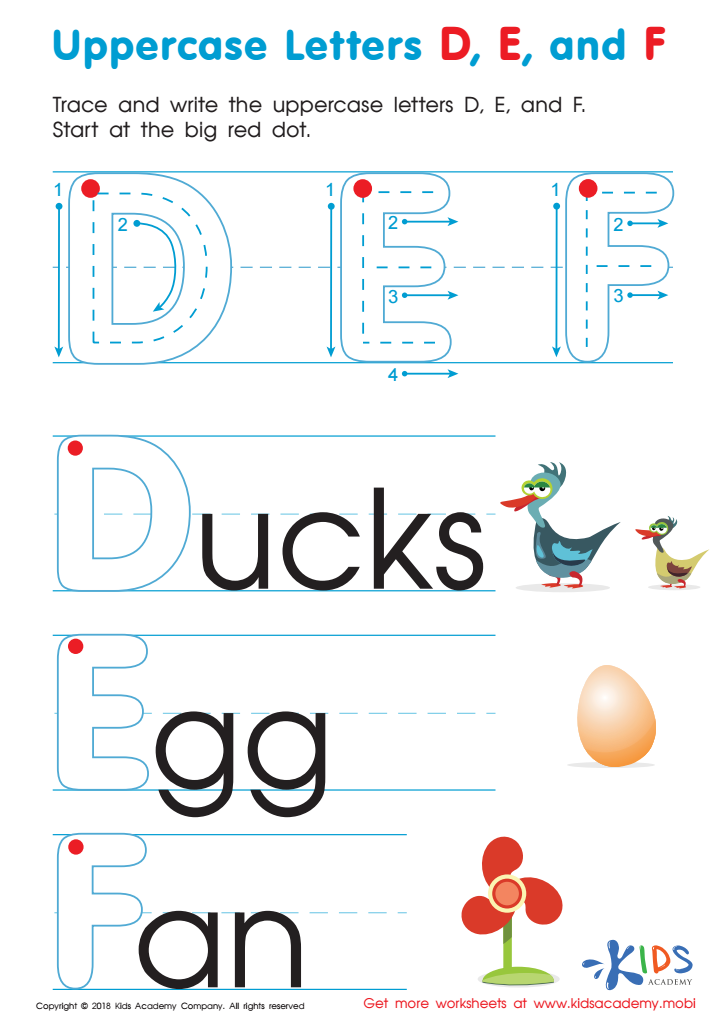

Uppercase Letters D, E, and F Worksheet
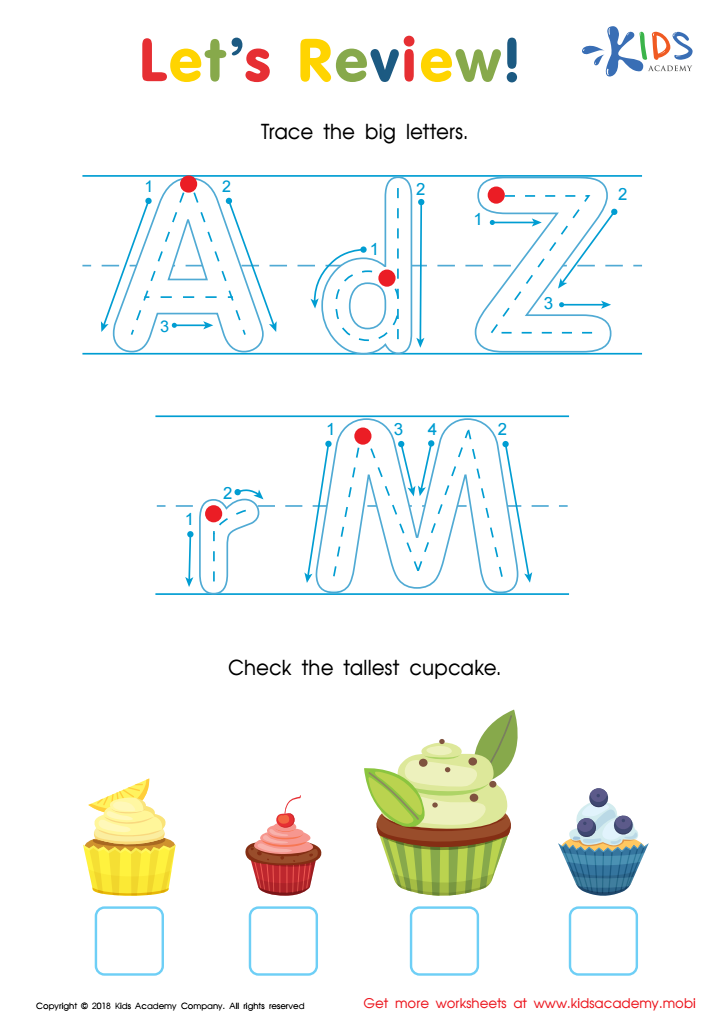

Let's Review! Big Letters Worksheet
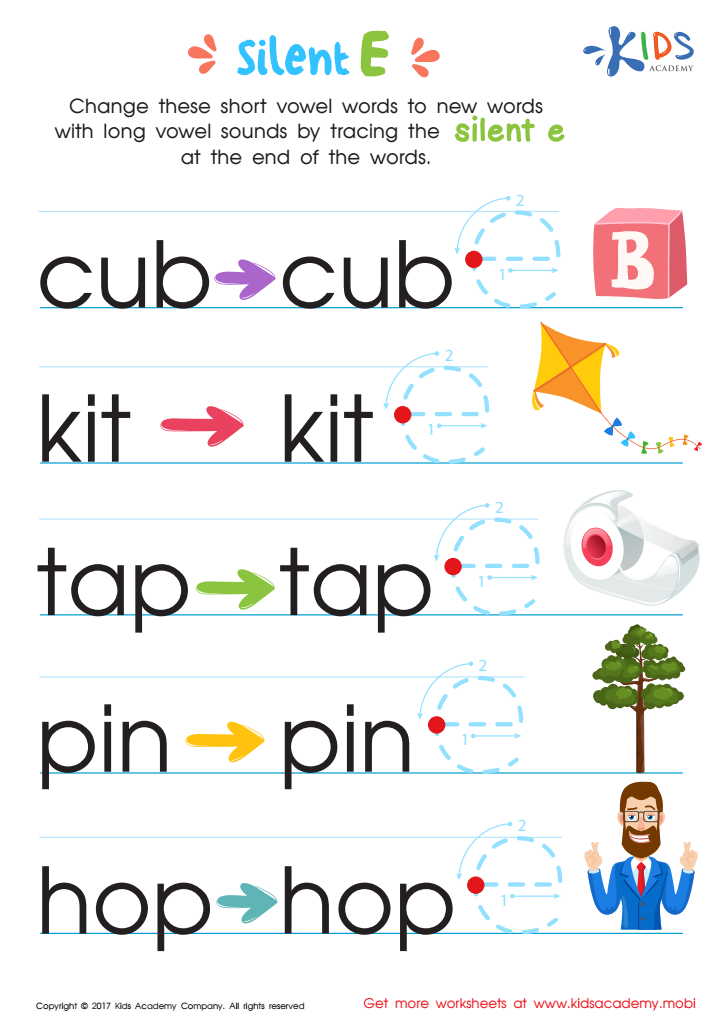

Silent E Words Worksheet
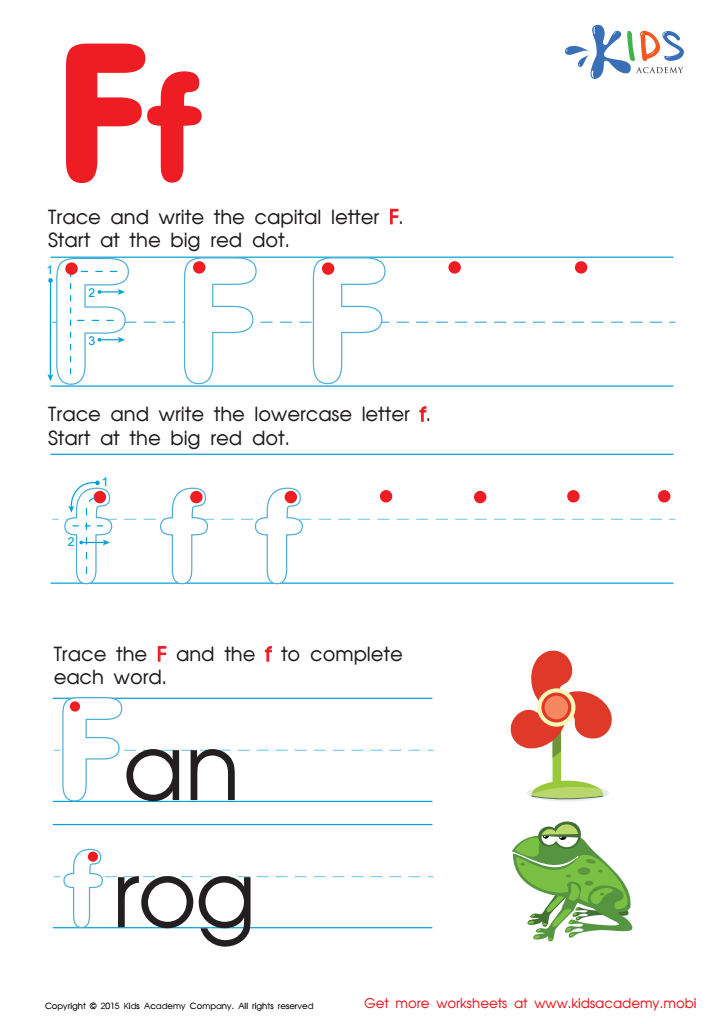

Letter F Tracing Page
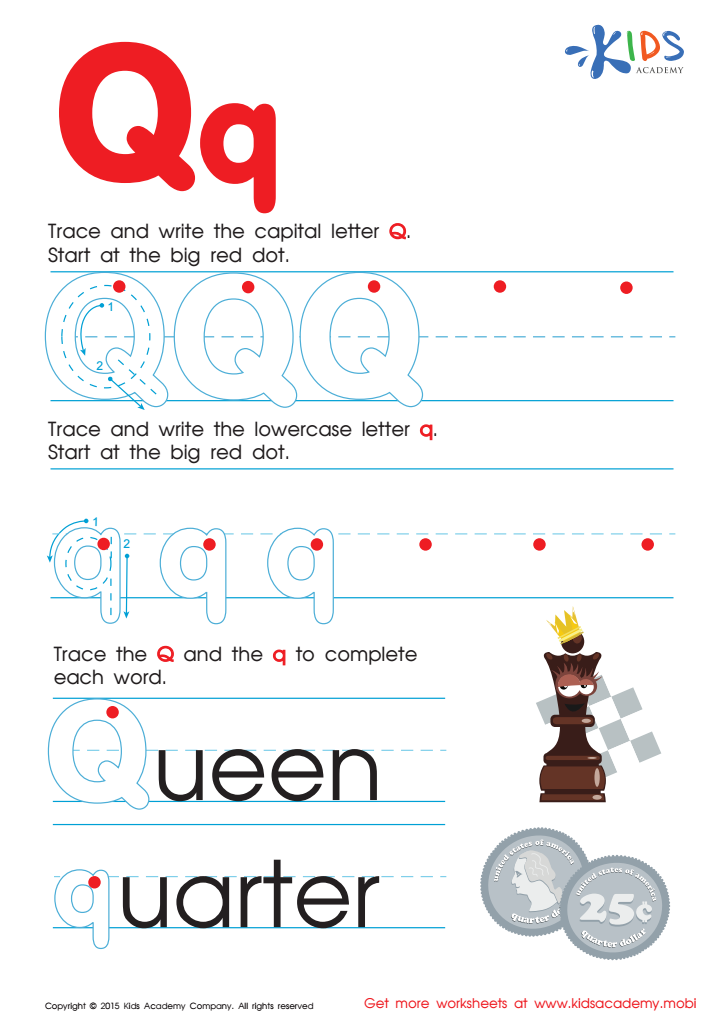

Letter Q Tracing Page
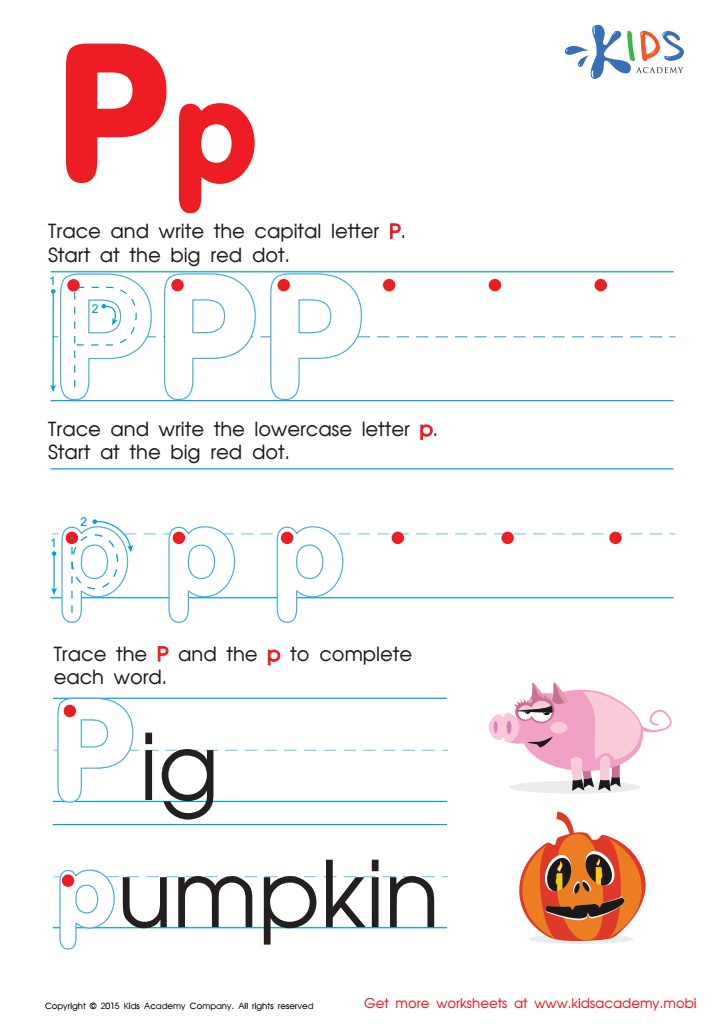

Letter P Tracing Page
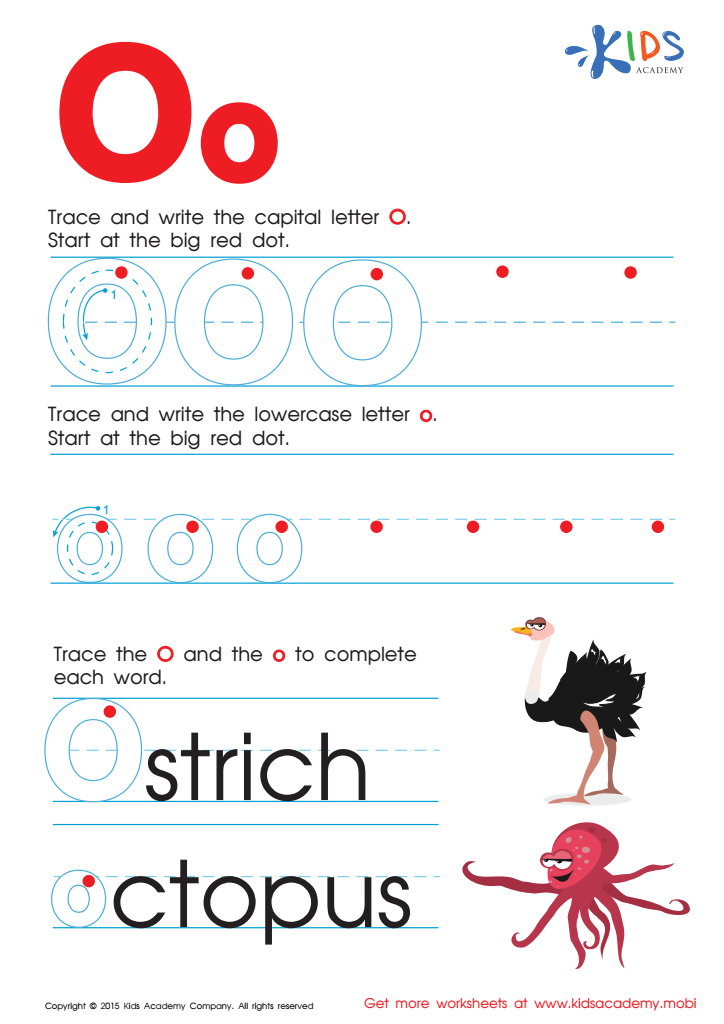

Letter O Tracing Page
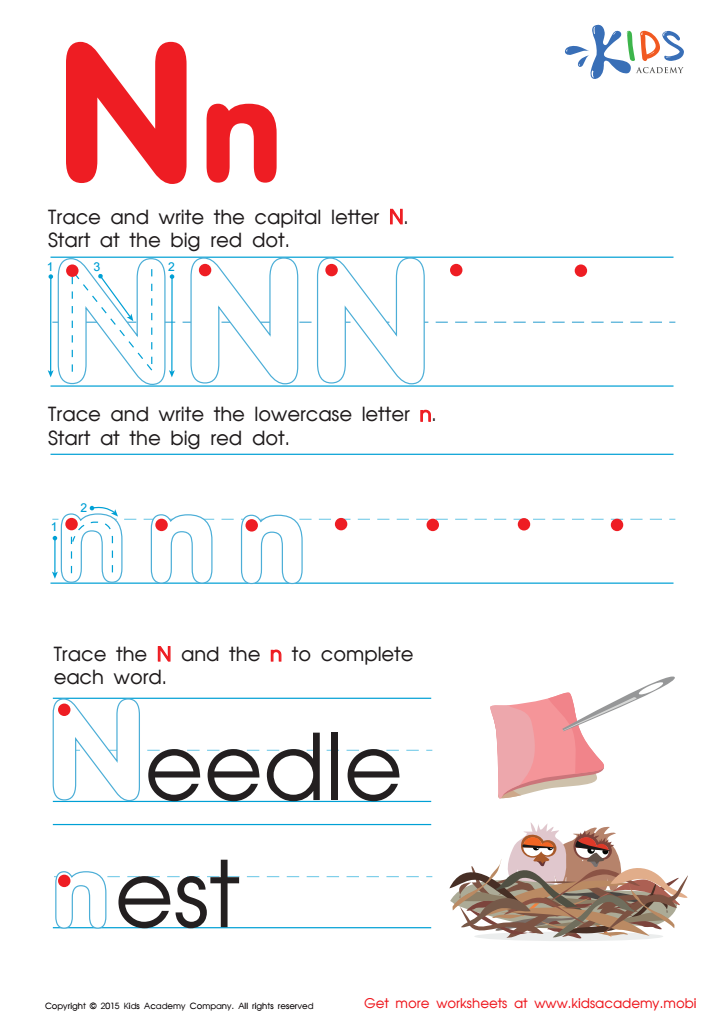

Letter N Tracing Page
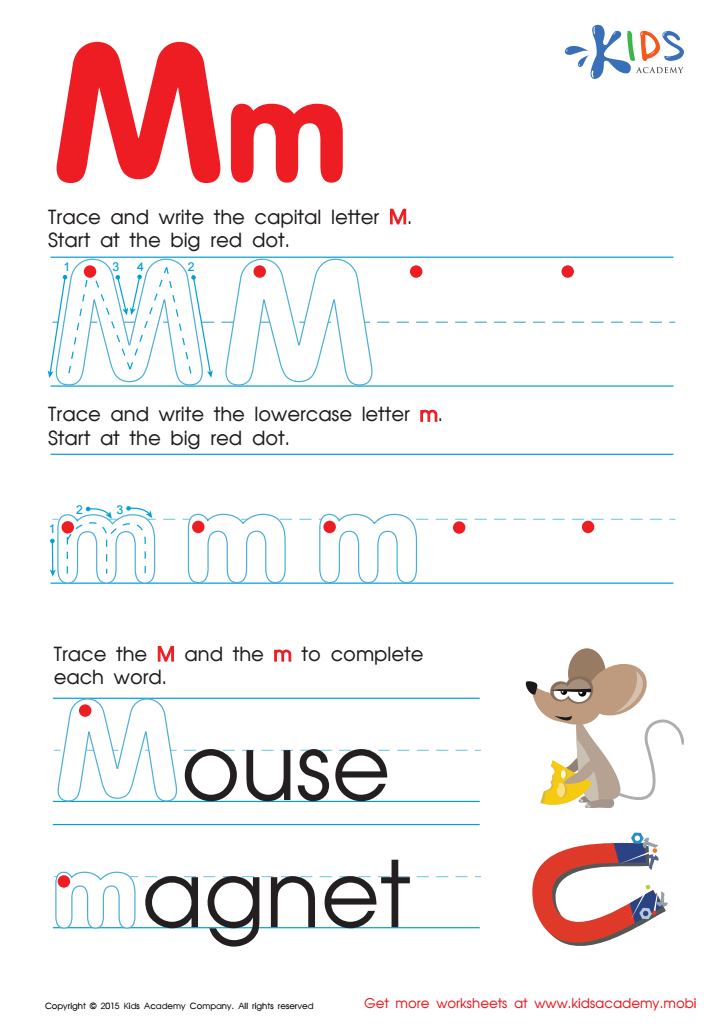

Letter M Tracing Page
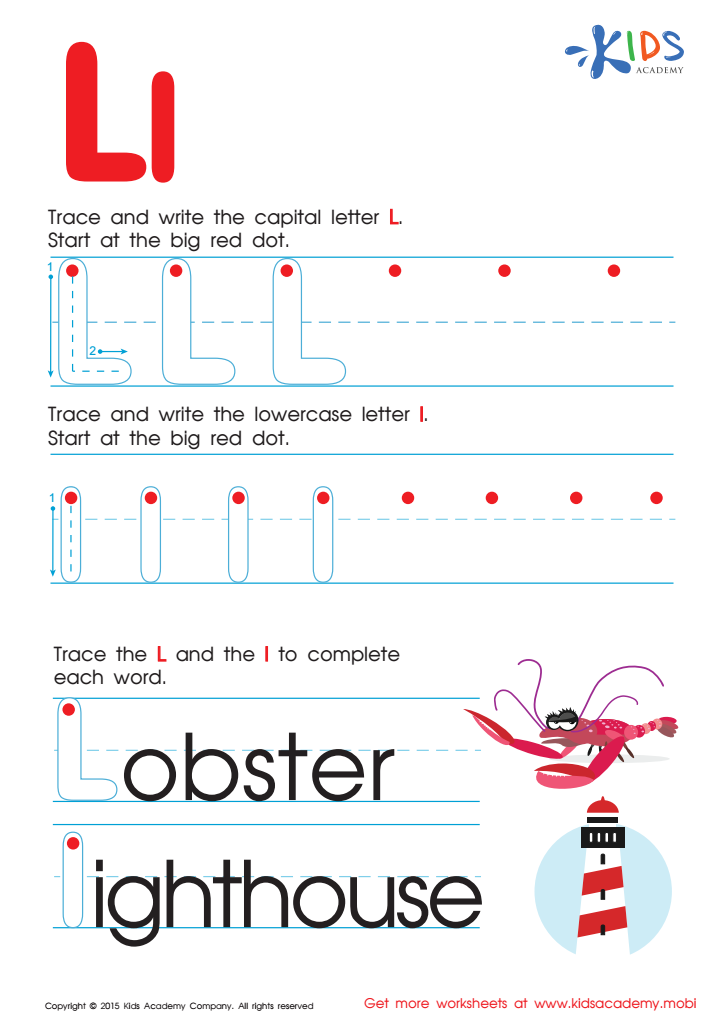

Letter L Tracing Page
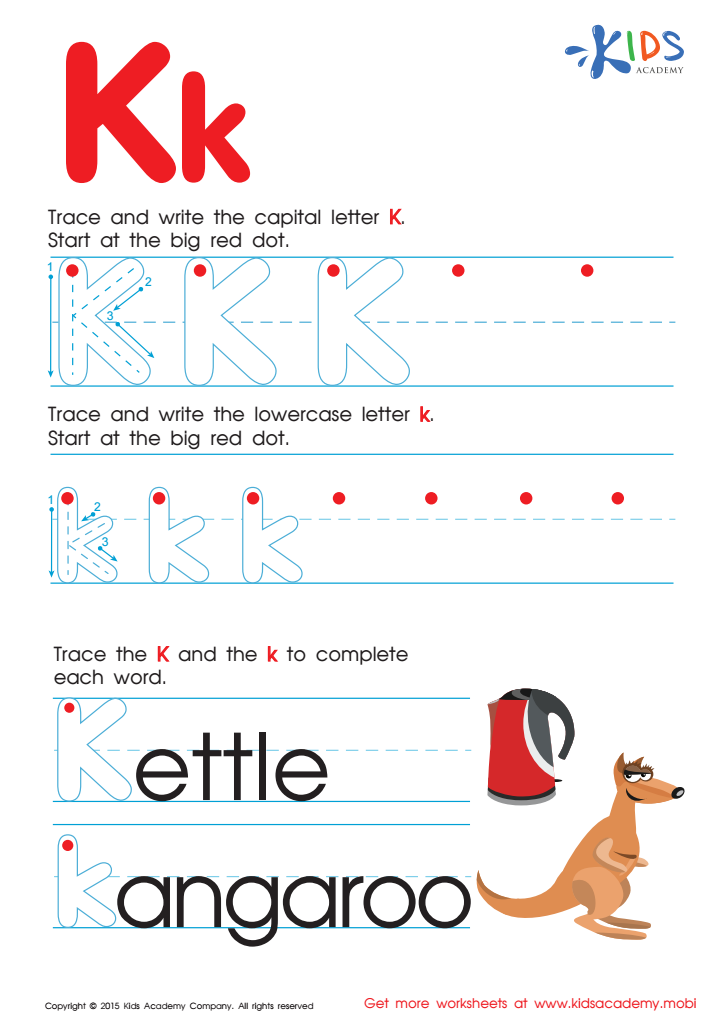

Letter K Tracing Page
Normal tracing letters activities are essential for children ages 4-7, as they lay the foundation for essential literacy skills. At this developmental stage, children are honing their fine motor skills, which are crucial for writing. Tracing letters helps cultivate hand-eye coordination and grip strength, making writing more manageable and enjoyable in later years.
Additionally, these activities enhance letter recognition, which is fundamental for reading proficiency. As children trace letters, they visually familiarize themselves with character shapes, improving their ability to identify letters in various words. Furthermore, tracing can foster phonemic awareness; often, these activities include associated sounds that help children develop their understanding of how letters correlate with sounds, supporting early reading skills.
Moreover, engaging students in letter tracing also promotes concentration and patience. As kids focus on their handwriting, they learn critical skills such as following directions and mastering tasks, laying a groundwork for positive study habits.
For parents and teachers, incorporating normal tracing letters activities into learning can cultivate a love for writing and reading, ensuring children are better prepared for academic success as they transition from preschool to primary school environments. Overall, these activities are foundational tools for developing confident and competent young learners.
 Assign to My Students
Assign to My Students







